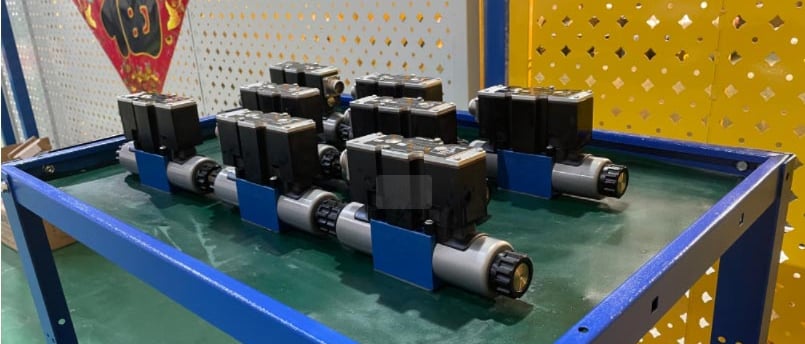Hydraulic Proportional Valve FAQ
11/9/20241 دقيقة قراءة


What is a Hydraulic Proportional Valve?
A hydraulic proportional valve is a device used in hydraulic systems to control the flow and pressure of the fluid. Unlike standard valves that are either fully open or fully closed, proportional valves can adjust the flow rate smoothly based on the input control signal. This functionality allows for precise control in various applications, making them popular in industries such as manufacturing, aerospace, and automotive.
How Does a Hydraulic Proportional Valve Work?
Hydraulic proportional valves operate using a combination of hydraulic and electronic components. Typically, they include a solenoid, which receives an electrical signal that corresponds to the desired flow rate or pressure. As the solenoid energizes, it moves a spool or a poppet inside the valve. This movement adjusts the opening size, thus regulating the flow of hydraulic fluid through the system. Feedback mechanisms, often through sensors, help ensure that the output corresponds accurately to input demands.
What Applications Commonly Use Hydraulic Proportional Valves?
Hydraulic proportional valves are widely employed across multiple fields due to their versatility and precision. Common applications include:
- Industrial machinery, where they control actuators for various processes.
- Robotic systems, enabling precise movements and operation.
- Aerospace applications, helping to manage critical flight control systems.
- Automotive systems, such as power steering and brake actuation.
In summary, their ability to precisely manage fluid flow makes hydraulic proportional valves integral to modern automation and control systems. Utilizing these valves can significantly enhance the performance and efficiency of hydraulic circuits, leading to improved operational effectiveness.
